FAQs for Doctors

How are stem cells collected?
Stem cells are collected from the bone marrow using a needle aspiration technique. Stem cells are collected from fat using a liposuction technique. Stem cells are collected from the blood using a phlebotomy/blood draw technique. The medical term for stem cell collection is “stem cell harvesting.”
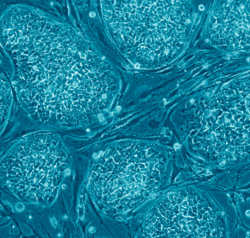
Are there ethical and religious issues related to stem cell therapy?
Now that we no longer need embryonic stem cells there are no ethical or religious issues associated with stem cell therapy.

How long does it take to see results?
The production of new tissue and minimizing of scar begins at 6 to 9 months after treatment and may continue indefinitely.
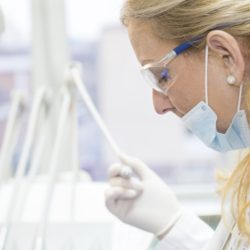
What is the stromovascular fraction (SVF)?
Stromovascular fraction is the connective tissue and nucleated cells that exist between adipocytes in adipose tissue. Stromovascular fraction has powerful regenerative properties.

Is there a decrease in stem cell count with age?
There is a decrease in stem cell count with age. This begins in the sixth decade of life and is more profound in bone marrow than adipose tissue.

How many SCs are there in 1 cc of adipose tissue?
There are 1 million nucleated stem cells in 1 cc of adipose tissue.
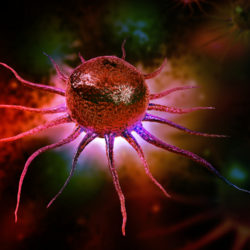
How Do Stem Cells Work?
Stem cells work by paracrine signaling that stimulates the existing stem cell niche in a particular organ to produce new tissue. A small percentage of stem cells eventually turn into the surrounding tissue which is called terminal differentiation. m cells are anti-fibrotic meaning that they cause scar tissue to disappear.
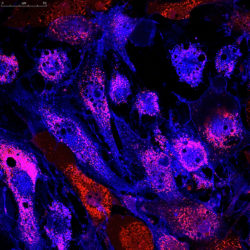
What Are Mesenchymal Stem Cells?
Mesenchymal stem cells, or MSCs, are multipotential cells that can differentiate into tissue of mesoderm origin such as cartilage, bone, ligaments, muscle. MSCs are the stem cells which are typically harvested from both bone marrow and fat, and are the most accessible stem cells for use in regenerative medicine.
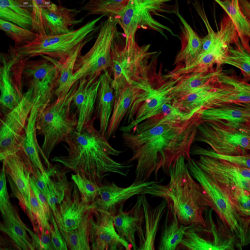
What Are Pluripotential Stem Cells?
Pluripotential stem cells are cells that can stimulate and differentiate into tissue of endoderm, mesoderm or ectodermal origin. These are either embryonic stem cells, or cells that have been regressed to a pluripotent stage, i.e. iPSCs, or Induced Pluripotent Stem Cells.
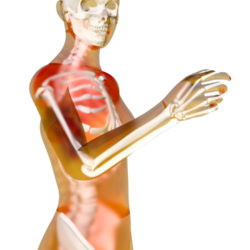
What Are Multipotential Stem Cells?
Multipotential stem cells have already differentiated into a lineage of endoderm, mesoderm or ectoderm but still have the ability to turn into different types of tissue within that lineage. Multipotent stem cells send signals to the differentiated stem cells and stimulate them to produce new tissue. A small percentage of multipotent stem cells eventually transform into the tissue where signaling has occurred.
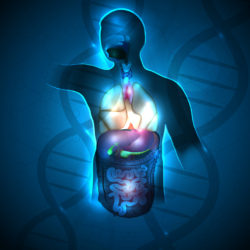
What Are Differentiated Stem Cells?
Differentiated stem cells are stem cells which can only become the kinds of cells that make up the tissue or organs where they are found. Differentiated stem cells are responsible for the production of new tissue in the organ where they reside.
